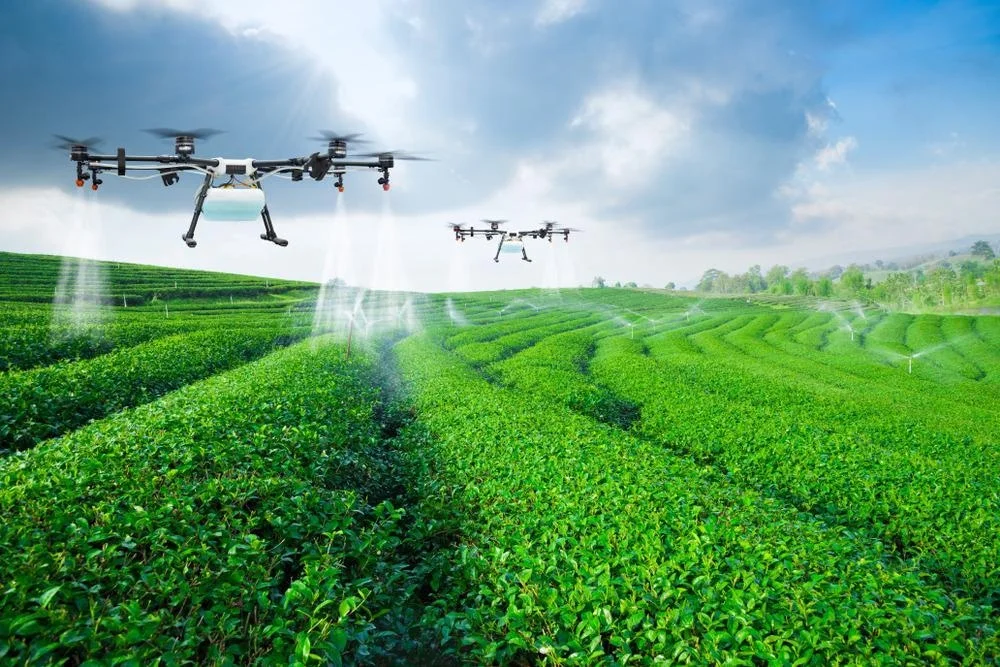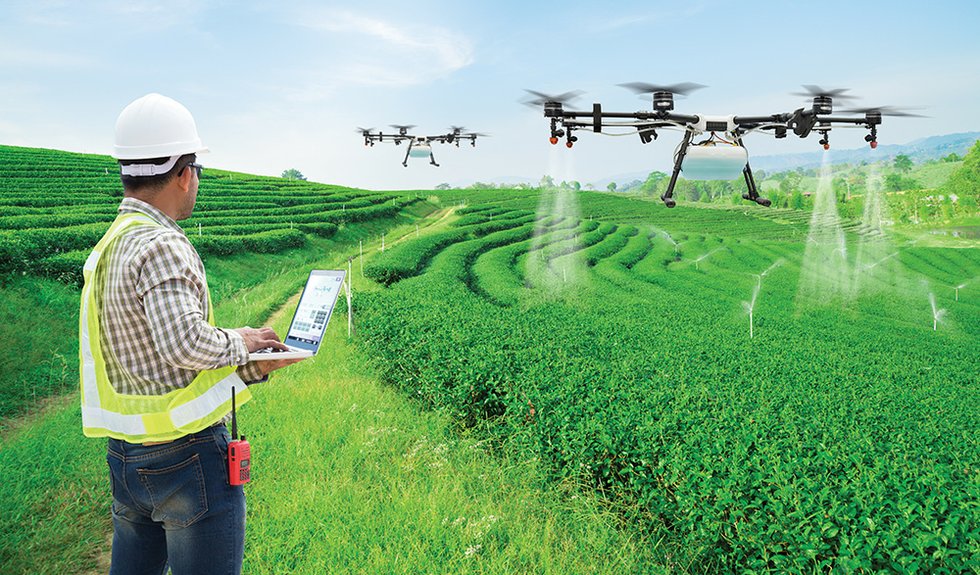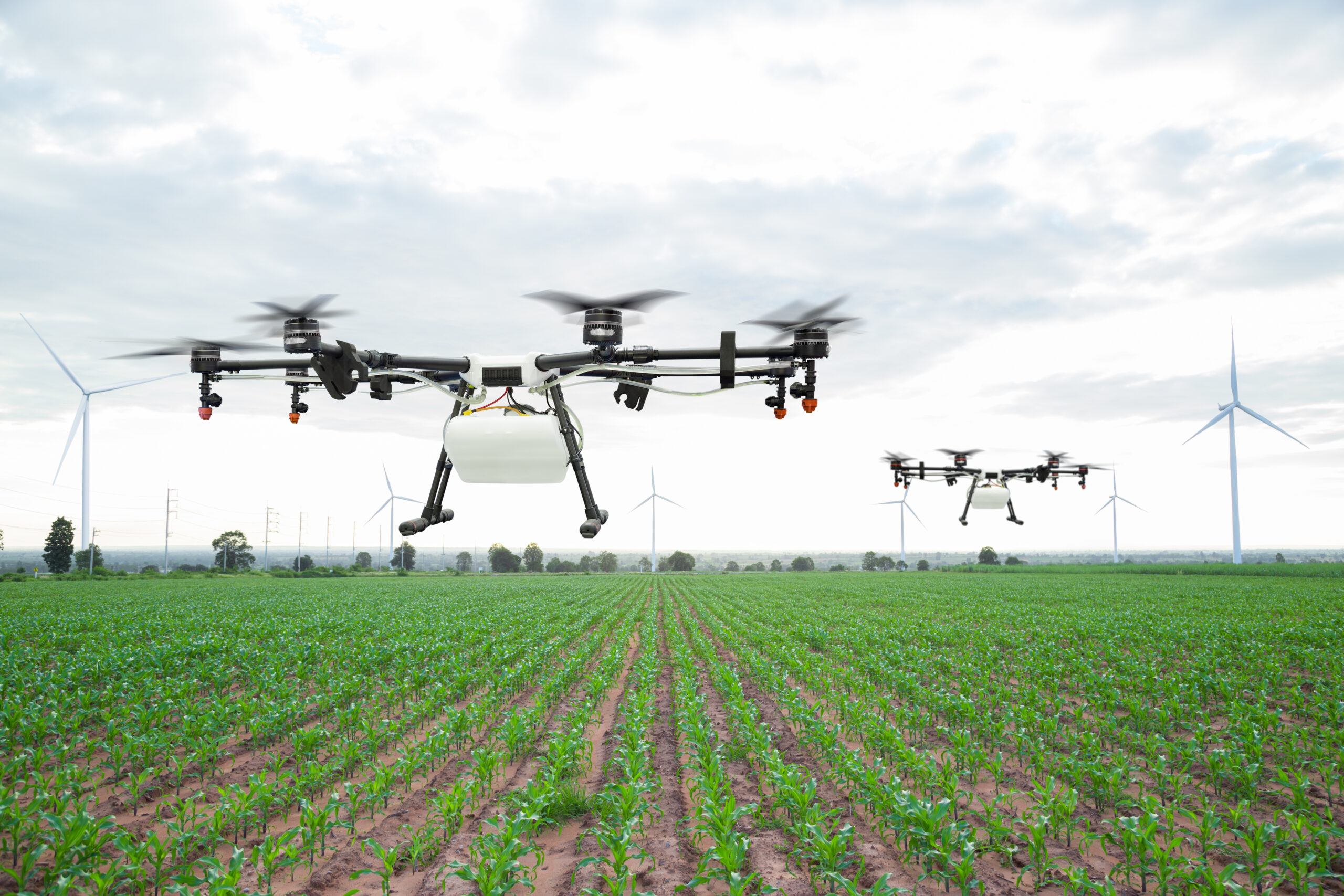Agriculture drones, also known as unmanned aerial vehicles (UAVs), are revolutionizing modern farming practices. These drones use advanced technology to map and survey land, apply fertilizers and pesticides, and monitor crop growth. With the ability to perform these tasks more efficiently and accurately than traditional methods, these drones are changing how we approach farming. Not only do they increase productivity and efficiency, but they also have the potential to be cost-effective and eco-friendly. In addition, they can improve safety and accessibility for farmers, especially in difficult or dangerous areas. As technology continues to advance, the use of these drones is likely to become even more prevalent in the agriculture industry. In this blog, we will explore the various ways in which agriculture drones are changing modern farming practices and their potential impact on the future of agriculture.
How are agriculture drones changing the way farming is done?
Agriculture drones are changing the way farming is done by increasing efficiency and productivity, reducing costs, and improving safety and accessibility.
- Increased efficiency and productivity: Agriculture drones can be used for tasks such as mapping and surveying land, which allows farmers to assess their crops and soil conditions. They can also be used for precision farming, which involves the targeted application of fertilizers and pesticides to specific areas of the field, reducing waste and increasing crop yield.
- Cost-effective and eco-friendly: Agriculture drones can reduce the need for manual labor, which can save farmers money on labor costs. They can also reduce the reliance on chemical fertilizers and pesticides, which can be harmful to the environment.
- Improved safety and accessibility: Agriculture drones can reach areas that may be difficult or dangerous for human workers to access, such as steep slopes or areas with hazardous chemicals. They can also provide increased opportunities for small and remote farms to utilize advanced technology.


Increased efficiency and productivity
Agriculture drones are increasing efficiency and productivity in several ways:
- Mapping and surveying land: Drones can quickly and accurately map and survey land, providing farmers with detailed information on crop growth and soil conditions. This allows farmers to make informed decisions on irrigation, fertilization, and pest control, resulting in increased crop yield.
- Precision farming: Drones can be used for precision farming, which involves the targeted application of fertilizers and pesticides to specific areas of the field. This reduces waste and ensures that crops are receiving the optimal amount of nutrients and pest control, leading to increased crop yield.
- Monitoring crop growth: Drones can be equipped with sensors and cameras to monitor crop growth and identify any issues, such as pests or diseases, early on. This allows farmers to quickly address any problems and increase the chances of a successful crop.
Cost-effective and eco-friendly
Agriculture drones are cost-effective and eco-friendly in several ways:
- Reduction in labor costs: Drones can perform tasks such as mapping and applying fertilizers and pesticides, reducing the need for manual labor. This can save farmers money on labor costs and allow them to allocate their resources elsewhere.
- Reduced reliance on chemical fertilizers and pesticides: Drones can be used for precision farming, which involves the targeted application of fertilizers and pesticides to specific areas of the field. This reduces the overall amount of chemicals used, which can be harmful to the environment.
- Positive impact on the environment: In addition to reducing the use of chemical fertilizers and pesticides, agriculture drones can also help to conserve water by accurately mapping and monitoring irrigation needs. This can lead to a reduced water footprint and a positive impact on the environment.

Future of agriculture drones
The future of agriculture drones looks very promising as technology keeps advancing rapidly. Drones will soon perform more complex tasks with greater precision. For example, they will offer highly accurate mapping and early detection of crop issues. Moreover, they will become fully integrated into everyday farming routines. Farmers may use them not only for monitoring but also for planting seeds and harvesting crops. This integration will boost efficiency and reduce labor demands. Furthermore, drones will transform the agriculture industry by promoting cost-effective and eco-friendly farming practices. Importantly, they will also help small and remote farms access advanced technology, leveling the playing field. Overall, these drones will continue to revolutionize farming, making it smarter and more sustainable.
Conclusion
In conclusion, agriculture drones are transforming modern farming by boosting efficiency and productivity. They also reduce costs and support eco-friendly practices. Additionally, drones improve safety and accessibility for farmers. As technology advances, agriculture drones will become even more common across the industry. Therefore, the agriculture sector must embrace these innovations to stay competitive and meet growing food demands. Furthermore, farmers who adopt drone technology will benefit from better crop management and resource use. Overall, the future of agriculture drones looks promising. They will play a vital role in shaping sustainable and efficient farming practices worldwide.


